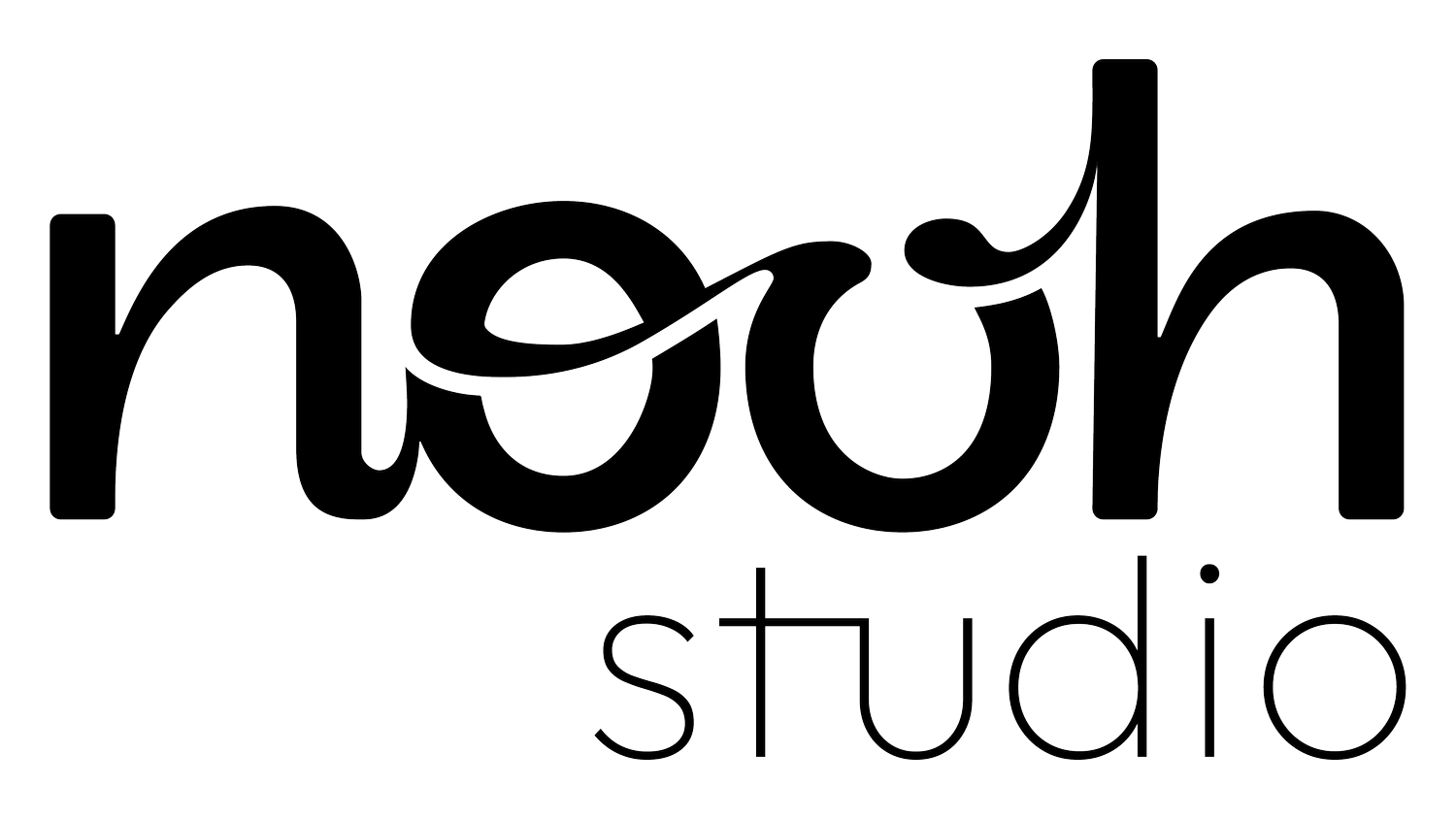5 reasons why you should do a co-design sprint
Here at nooh Studio we love co-produced designs. It’s our specialism and over the years, we’ve got pretty good at it (if we do say so ourselves). So, we wanted to share a little of what we have learned along the way. Firstly though…
What is co-design?
Co-design is a human-centred approach to storytelling. Bringing together diverse perspectives, expertise and experiences, co-design (or co-production) turns end-users and stakeholders into collaborators. All to create designs that meet the needs of users and surpass the expectations of stakeholders.
Okay, that makes sense but…
What is a design sprint?
A design sprint is a time-constrained, five-phase process aimed at rapidly solving big challenges, creating new products or improving existing ones to create a new design or concept.
So…how do you do a co-production design sprint?
Now you’re caught up to speed, why are we so obsessed with design sprints? Here are our top 5 reasons why we love design sprints and think you will too!
1. Skyrocket your innovation
When you bring together a diverse team of collaborators, each person contributes unique insights and ideas. This diversity sparks creativity and leads to innovative solutions that a homogenous team might not uncover.
Action: Ensure your team includes members with different backgrounds, skills, and experiences. This mix will challenge assumptions and drive creative problem-solving.
2. Gain buy in from your end users at the start
Involving end-users directly in the design process ensures that the solutions developed are truly user-centric. Their firsthand experiences and feedback help shape designs that effectively meet their needs.
Action: Incorporate user feedback sessions and usability testing throughout the sprint. This continuous loop of feedback and iteration will refine your product to better serve its intended audience.
3. Accelerate decision-making
A design sprint’s structured process accelerates decision-making by focusing the team’s efforts on specific tasks within a limited time frame. This urgency helps avoid prolonged debates and keeps the project moving forward.
Action: Understand, Sketch, Decide, Prototype, and Test. Try to have clear objectives and time limits to maintain momentum.
4. Align stakeholders early-on
Co-production ensures that all stakeholders are on the same page from the start. Their early involvement helps align their expectations and reduces the risk of major changes later in the project.
Action: Host a kickoff meeting with all stakeholders to define the goals and success metrics of the sprint. Regular check-ins during the sprint keep everyone aligned and informed.
5. Build team cohesion and morale
Working intensely together in a design sprint builds team cohesion and boosts morale. The shared experience of overcoming challenges and achieving milestones strengthens team bonds and fosters a collaborative culture.
Action: Plan team-building activities and celebrate small wins throughout the sprint (we love an impromptu dance party for this!). Recognise contributions and encourage open communication to maintain a positive and productive environment.
How good does all of that sound?! We hope you’ll agree that co-produced design sprints are clearly the way forward. Are you looking to level up your rebrand or design? As experts in the co-design and collaborative design sprints, we’re here to help. Get in touch today for a chat about co-design and your business.
